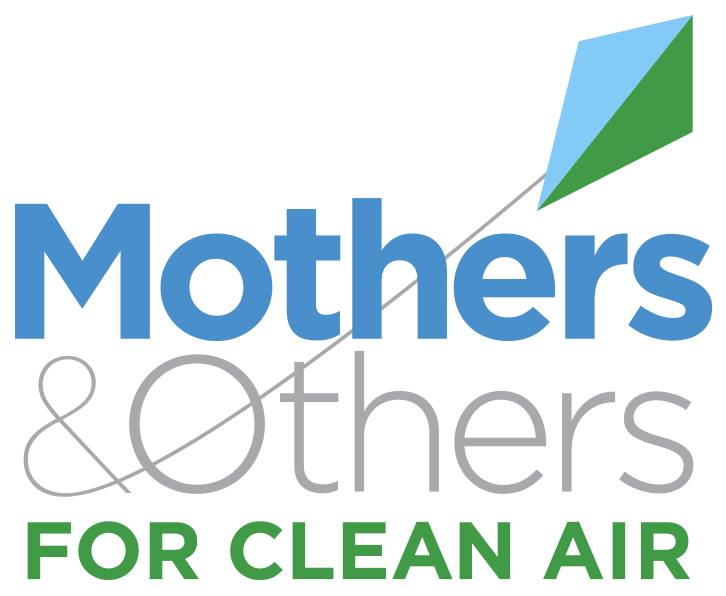Children living in lower-income urban communities are at much greater risk of developing asthma, going to the emergency department for an asthma attack and being hospitalized for asthma than children living in upper- and middle-income communities. For many asthmatic children living in urban communities, especially those with greater morbidity, the allergic pathway is important in the etiology of the disease. The stages of developing allergic disease can be divided into the onset of allergic sensitization, development of allergic disease and subsequent exacerbations, and it is useful to consider the relevance of interventions at each of these stages. Indoor allergens and environmental exposures are a major contributor to allergic disease, particularly among lower socioeconomic status, urban, minority communities. These exposures include allergens, environmental tobacco smoke, combustion by-products, and mold, all of which can play an important role in asthma progression as well as morbidity. These exposures are often not found in isolation and thus these concomitant exposures need to be considered when conducting environmental interventions. There have been numerous studies looking at both primary and tertiary prevention strategies and the impact on allergic sensitization and asthma with varied results. While the outcomes of these studies have been mixed, what has emerged is the need for tertiary interventions to be targeted to the individual and to reduce all relevant exposures to which an asthmatic child is exposed and sensitized. In addition, effective intervention strategies must also consider other social determinants of asthma morbidity impacting low socioeconomic, urban communities.
Published Mar 22, 2019
Conrad, L., & Perzanowski, M. S. (2019). The Role of Environmental Controls in Managing Asthma in Lower-Income Urban Communities. In Clinical Reviews in Allergy and Immunology (Vol. 57, Issue 3, pp. 391–402). Humana Press Inc. https://doi.org/10.1007/s12016-019-08727-y
